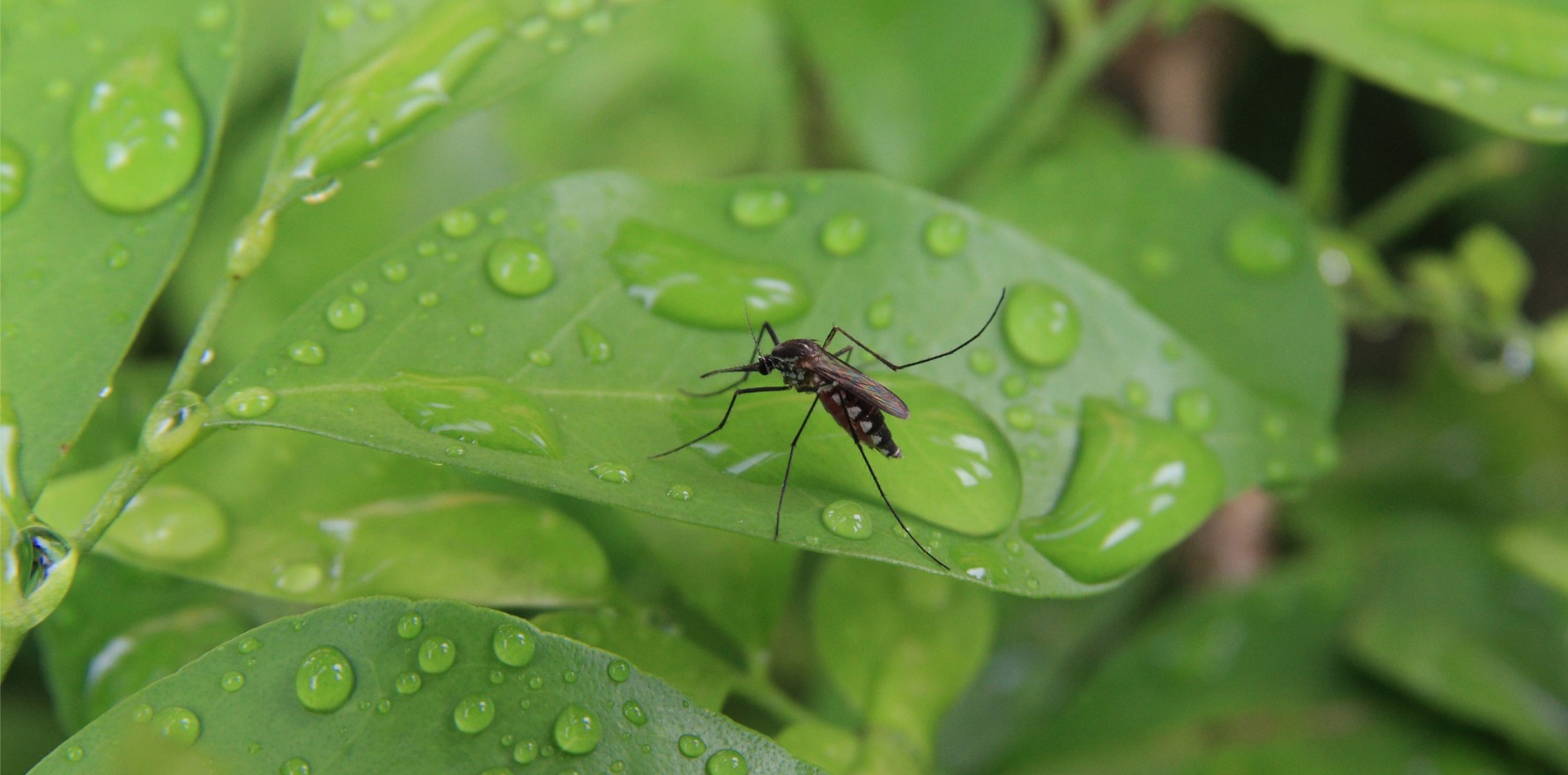Which diseases are circulating and in what areas is risk greatest?
Cooler temperatures are fading our memories of summer and reducing numbers of mosquitoes in southern parts of Australia. But up north, warmer temperatures and plenty of rain will keep mosquitoes active.
While their bites are annoying, more concerning is the diseases mosquitoes carry. Health authorities have recently warned local communities and travellers heading to the Kimberley and Pilbara regions of Western Australia to be vigilant to the risk of one particular mosquito-borne infection – Murray Valley encephalitis.
Which mosquito-borne diseases are a risk?
Australia is fortunate to be generally free of many of the world’s most dangerous mosquito-borne diseases.
Each year globally, malaria can cause hundreds of thousands of deaths and dengue infects hundreds of millions of people. While these two diseases aren’t a high risk in Australia, we do have a number of viruses spread by mosquitoes that can cause severe and potentially fatal illness.
Thousands of Australians are infected with Ross River or Barmah Forest virus each year, and while these diseases aren’t fatal, they can be debilitating. Symptoms can include fever, rash, joint pain and fatigue.
Authorities in Queensland and New South Wales have recently issued warnings about these diseases.
In recent years, we’ve seen increased activity of the Murray Valley encephalitis virus and the closely related Kunjin virus. This is due to explosions in mosquito numbers as a result of persistent flooding.
Murray Valley encephalitis virus cases in humans are rare but fatalities do occur. Kunjin virus, which has the potential to cause human disease, can also severely affect animals.
New mosquito-borne viruses have emerged in Australia, with widespread activity of Japanese encephalitis virus in southern regions of Australia recorded for the first time in 2021–22. This had significant impacts on human health, as well as economic consequences for the pork industry due to the reproductive losses resulting from infected pigs. The Australian government declared a communicable disease incident of national significance.
Why is Murray Valley encephalitis so dangerous?
Murray Valley encephalitis virus is one of the most dangerous pathogens spread by mosquitoes in Australia. The virus belongs to the flavivirus family alongside Japanese encephalitis, dengue, yellow fever and West Nile viruses; the most important mosquito-borne viruses on the planet.
The virus is only spread by mosquito bite (it doesn’t spread from person to person). Mosquitoes, most notably a common Australian species Culex annulirostris, transmit the virus to humans. This species is found in freshwater habitats and acquires the virus from biting a waterbird.
Most people infected don’t get sick – perhaps as few as one in 1,000 develop symptoms. For those who do, these can range from fever and headache to paralysis and encephalitis (swelling of the brain).
Symptoms are variable but fatality rates for people with symptomatic disease can be up to 30%, with up to 50% of people experiencing permanent neurological complications requiring life-long medical care.
From Australian X disease to Murray Valley encephalitis
While Murray Valley encephalitis virus can be found in many parts of Australia, outbreaks in south-eastern Australia have caused the most concern, especially throughout the Murray Darling Basin region, due to the high human population. That said, activity in other regions is still a worry.
The virus is thought to have been causing an illness known as “Australian X disease” since at least the early 1900s. The most significant outbreak was in 1974, resulting in 58 cases.
During the summer of 2022–23, the virus was detected in mosquito and sentinel chicken surveillance programs in NSW, Victoria and South Australia. A total of 26 human cases were reported across Australia in 2023 after only a handful of cases since 2011, which saw 16 cases.
There’s been no evidence that Murray Valley encephalitis virus is present along the east coast of Australia. Activity of the virus is generally limited to regions west of the Great Dividing Range.
What about northern Australia?
Murray Valley encephalitis is considered endemic in northern Australia. It’s detected almost every year in health surveillance programs in WA and the Northern Territory.
Human cases occur too. Although fewer people live in these regions, northern Australia (including tourists visiting the area) has accounted for most cases of Murray Valley encephalitis over the past 30 years.
Surveillance is critical to provide an early warning of elevated outbreak risk. In the north of WA, health authorities have detected Murray Valley encephalitis virus in local mosquito populations and their sentinel chicken surveillance program. This prompted the recent warnings for the Kimberley and Pilbara regions.
However, no cases of human infection have been reported this year.
How can the community and travellers protect themselves?
While activity of Murray Valley encephalitis virus across northern Australia should be expected every year, the recent warnings are a reminder of the potential health risk associated with mosquitoes.
With no vaccination available for Murray Valley encephalitis – and no cure – the only way to prevent becoming infected is to avoid mosquito bites. Wearing light, loose-fitting clothing, avoiding peak mosquito activity times around dawn or dusk, and using a suitable insect repellent containing DEET, picaridin or oil of lemon eucalyptus are effective ways to help prevent bites.
Andrew Jardine and Jay Nicholson from the Department of Health, Western Australia, contributed expert advice to this article.
Cameron Webb is a clinical Associate Professor and Principal Hospital Scientist at the University of Sydney.
This article was originally published by The Conversation.


